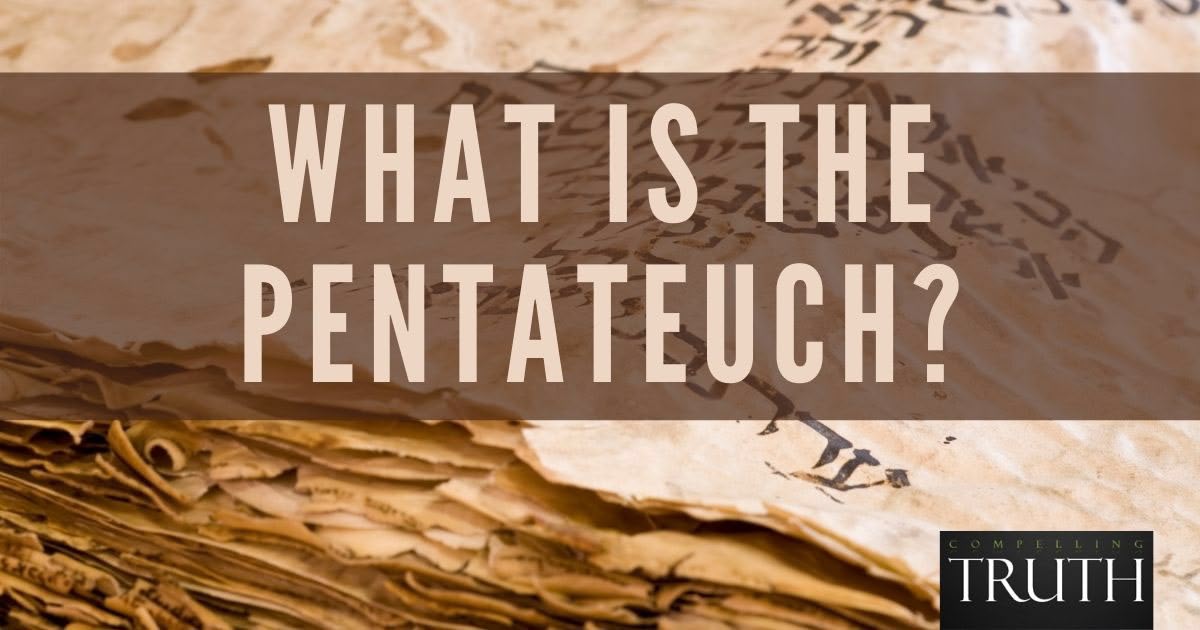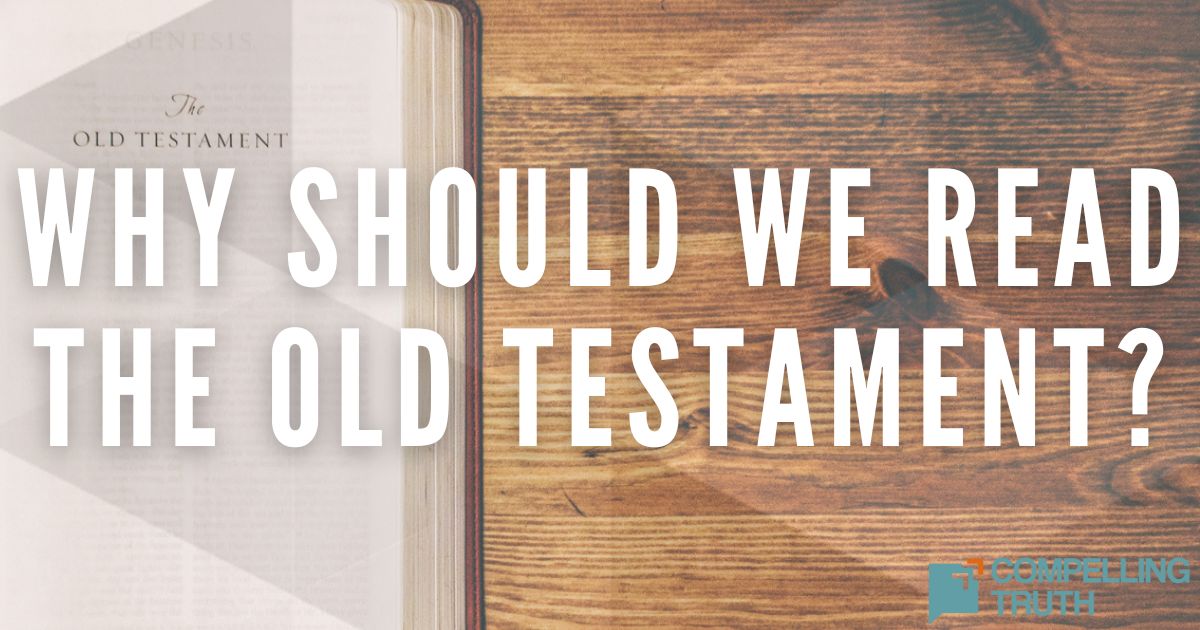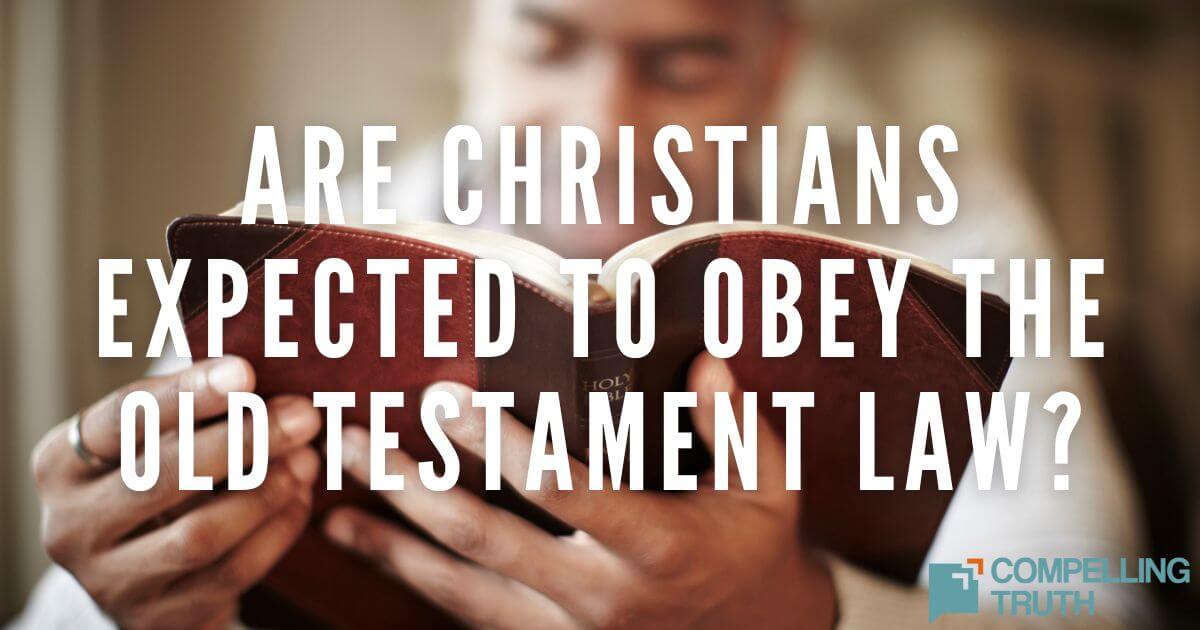what does the bible say?
The Talmud could be most concisely described as a collection of collections. These collections are of oral laws based on the Torah, or Pentateuch, the first five books of the Old Testament, or Tanakh, and of commentary on and additional material relating to those oral laws. These collections of extra-biblical Jewish religious writings are often confusing to read and categorize for modern readers, sometimes especially those with a Western mindset.
There are four important Hebrew terms used in this discussion:
Mishnah (written record of the oral law)
Gemara (commentaries on the Mishnah)
Halakha (detailed legal discussions based on the Mishnah)
Talmud (the overarching document containing the previous three)




